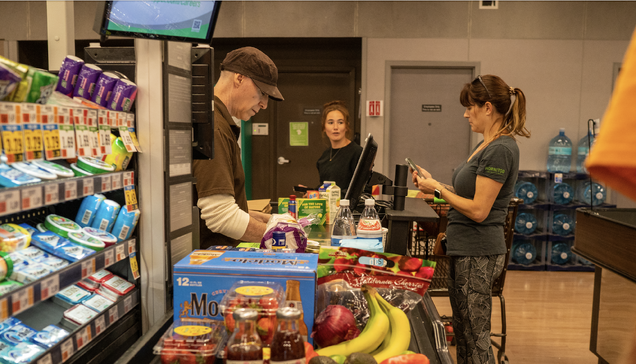Inflation gauge shows surprise drop

A key measure of inflation dropped unexpectedly in May, suggesting successive interest-rate increases by the Federal Reserve are working to slow the rapid rise in consumer prices since last year. The Personal Consumption Expenditures Price Index, the Fed’s favored price gauge, unexpectedly fell to 3.8% last month — the smallest advance in more than two years — from 4.3% in April. A core measure stripping out food and fuel prices slowed only slightly, to 4.6% from a year ago and 0.3% from April. The Fed, which targets a 2% annual rate of inflation, has said it is likely to raise interest rates at least two more times this year.
- Services inflation, excluding housing and energy services, rose 0.2% in May from a month earlier, the smallest increase since July of last year, according to Bloomberg calculations.
By Cate Chapman, Editor at LinkedIn News

🧊 Inflation continued to decelerate in May as the Federal Reserve’s key metric—the personal consumption expenditures index—grew by only 3.8% from a year ago, the lowest level in more than two years.
The Fed’s job, however, is not done when underlying inflation, as reflected in the more restrictive core and super-core indexes, stayed elevated.
⚠ Core inflation—which excludes food and energy—rose by 4.6% from a year ago, while the super-core index—which includes services less housing, food and energy—increased by 4.5%. Both have greater policy implications than the top-line overall inflation number.
When the slightly lower-than-expected PCE data is considered with the May spending and income data that also came out on Friday, another interest rate hike in July remains likely, while another hike in the remainder of the year is much less likely.
▶ Personal spending rose by 0.1% on the month, and stayed unchanged after adjusting for inflation. Income was up by 0.4% as job gains remained robust in May.
While the recent remarks from Fed Chairman Jerome Powell indicated the possibility of two more rate hikes as the economy continues to be resilient, we think it is premature to place a bet on another hike anytime after the July meeting.
🔑 Despite how strong the labor market and spending have been, both are backward-looking and poor indicators for future recessions.
In the past, spending has started to decline only when the economy is months into a recession, while employment gains can turn down in just a few months. That is a clear risk if the Fed continues to be data-driven, and as a result, backward-looking.
There are also increasing signs within the labor market and manufacturing sector that should add more risks to the soft-landing scenario that Powell has referred to.
💵 Another key data point released on Friday was personal savings. The savings rate in May was 4.6%, while total household savings was $910 billion. That brought the total amount of excess savings in the second quarter in our estimate to about $690 billion.
At the current rate, excess savings should be depleted in the fourth quarter, unable to support further spending growth and align with our timing for the next recession around the back-to-school and early holiday season.
BY




